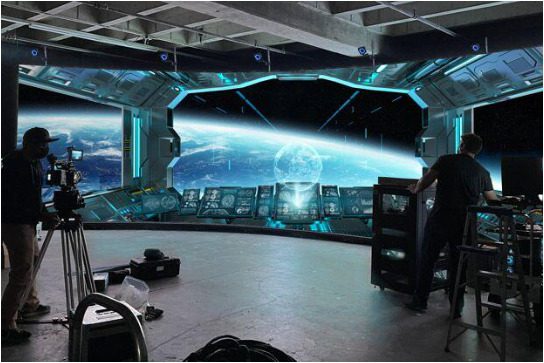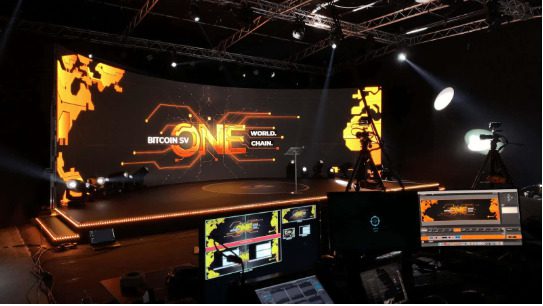The virtual productions of the cinema and television business were not immune to the effects of the COVID-19 epidemic at the beginning of this decade, like so many other aspects of daily life. Numerous movie theaters were forced to close, in some cases permanently. Television was also severely affected.
However, due to the manufacture of LED screen panels, it was feasible to optimize processes and lower costs in the sector, and the same occurred in the burgeoning area of video games and virtual reality, which was aided by the pandemic’s effects.
How LED display technology is changing film and TV shows
LED display technology is unquestionably causing a massive transformation, particularly in the audiovisual sector.
Some examples are:
- Virtual production
- Creation of virtual environments
- Replacement of green or blue screens
- CGI, color grading, premium finishing, dynamic lighting, and reflections comprise the visual effects.
- Lighting and reflections that are dynamic
Virtual production with Visual LED panels is being utilized for numerous reasons. The economic savings it represents for producing firms is one of them. Another advantage is the ability for directors and producers to alter things during production. With older technology, post-production corrections were necessary.
Thus, with virtual stages, it is possible to create a mix of stages and technology:
- Through the use of screens, “The Mandalorian” and “1899” have reproduced a visual realm in which the performers interact.
- As a result, the placement of actual things or people against fictitious surroundings results in increased viewer immersion and a more natural performance for the performers in an authentic Virtual production set.
- In the German series 1899, for instance, a video game engine was utilized to generate virtual sets, and the motion graphics enabled high-level in-camera editing.
- In this method, the visuals on the screen can match the camera’s point of view in real-time and give realistic lighting, as if the set were real.
Differences between LED technology and green screens or chromas
Almost every film production uses chromas throughout filming. These colorful clothes, typically green or blue, are utilized in the recording studios’ backgrounds. Without them, motion pictures would not have the same visual impact, and the outcomes would be different.
Their opportunities are vast. LED technology has begun to replace conventional green screens and chromas.
This is due to the fact that they not only perform the same purpose but also offer several additional advantages.
Stagecraft is enormous LED display panels that replace the chromas at the stage’s end. They serve primarily to establish the setting behind the performers and the action.
In contrast to static humor, the stagecraft is dynamic. It reproduces visuals in real-time and lives. This saves money and streamlines production because it eliminates the post-production labor required when using green screens.
On the other side, with the new technology, performers are able to get more invested in their roles. In addition, it is possible to know the final result of the photographs when they are combined with the narrative during filming.
By utilizing big, curved LED screen panels, an immersive impression is created for the actors, and its 4K resolution allows them to project extensions of objects physically present in the studio without the audience recognizing the difference.
As a result of the employment of graphics engines, photographs can be altered to suit the needs of the shoot.
The virtual production of LED video walls is gaining popularity as a result of their numerous benefits, remarkable clarity, and adaptability.
Find out more about LED video wall virtual production
With the popularity of LED video walls comes the emergence of stores specializing in the sale and rental of this technology, as well as the marketing of related inputs, such as indoor or outdoor screen supports.
In addition to selling screen-raising systems for outdoor stages, they also provide trussing columns, beams, and accessories.
Even though maintenance is straightforward, several considerations must be taken into account, including the following:
- Correct use.
- Examining the structural support.
- Ensure that the components are properly connected.
- Check the LED modules, controllers, and receiver boards for functionality.
- Examine the diagnostic messages generated by the control program.
- The voltage of the power supply is being measured.
- Ensure that the LED module is connected to the power source properly.
- Check external connections and wiring.
- Check the electrical panel.
Experts also advised verifying the functionality of the video equipment and computer. In addition, it is essential to examine the software and configuration of electronic devices, IP addresses, ports, and firewalls, among other things.
For the finest quality audiovisual shows, you can discover the best LED screen panels and all its accessories at firms like LED Market. With a warranty on all products and a service after the sale, you will be able to generate a short-term investment profit.































